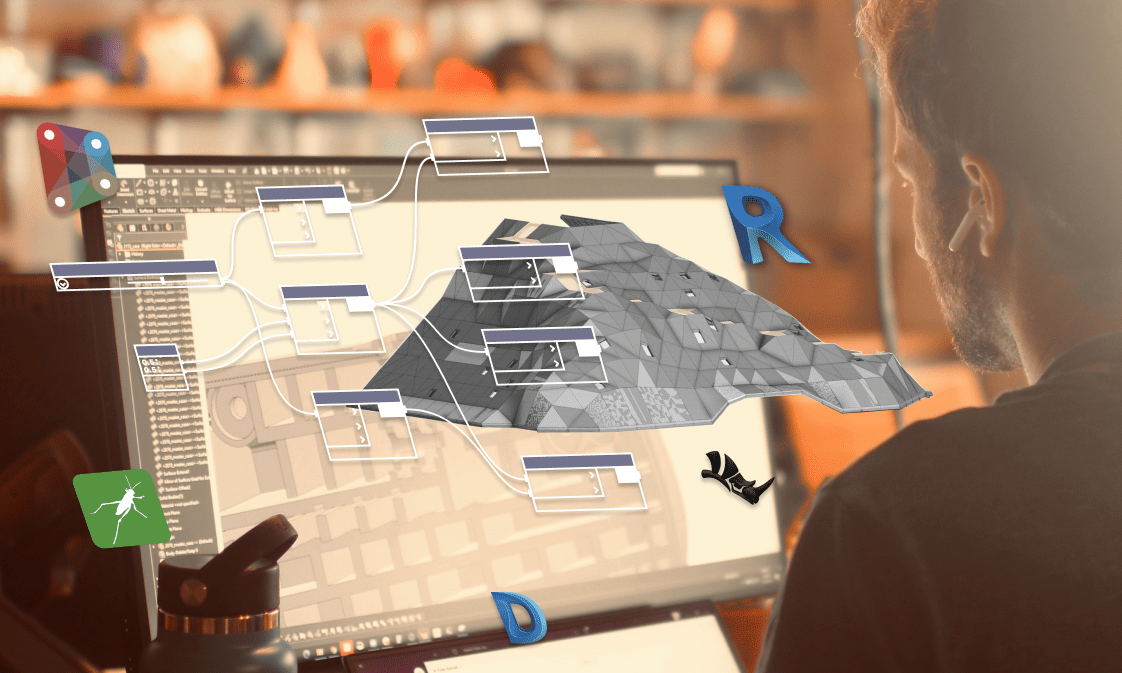What is Scan to BIM?
Over the years, there have been a lot of technologies which have come into existence and have paved the way for innovations in the AEC industry. These technologies ultimately aim to help the AEC professionals in increasing their efficiency, productivity and profit margins. One such technology which has proved to be revolutionary when it comes to reconstruction and renovation projects is Scan to BIM. It not only significantly reduces the cost and timeline of the projects but also helps in acquiring the information about the building’s accurate existing condition needed for achieving the end goal of a streamlined reconstruction process.
Scan to BIM Services convert point cloud data into an accurate 3D intelligent model. Laser scanners are utilized to accurately capture the real world condition of any site, building or structure. Since laser scanning doesn’t take place from a singular vantage point, the scanned data needs to be then registered together. Once registered the data provides information like dimensions, geometry, and existing conditions of building components and lays out a base for creating a 3D Revit model. This data rich BIM model would then represent the characteristics and functionality of the scanned area in a virtual delineation and can be utilized for its end goal of renovation, facility management or even storage for future reference.
Advantages of Scan to BIM
Scan to BIM provides accurate information regarding the condition and state of the existing components in a building which enables architects, engineers carry out the renovation, restoration and refurbishment process effectively in quick time. Based on the information provided by Scan to BIM models the engineers can also determine what components from the existing building or the structure can be reused or they need to be replaced. The accurate information regarding building’s as-is condition also helps in avoiding errors that can be caused as a result of discovering new information during the onsite construction. Moreover, it not only helps in implementing the alterations easily but also expedites the decision making process.
Similarly there are other conventional advantages which can be gained out of using BIM Services. Scan to BIM increases transparency and collaboration. The models attained from this methodology are highly accurate, reliable and ensure better sustainability and efficiency of the project. It also improves communication between different departments which are involved in a project and thus, helps in detecting and resolving the clashes in the preconstruction stage. This ultimately reduces rework and saves on cost, time and money.
What is the scope of Scan to BIM?
- Renovation/ Restoration:
Scan to BIM Services are extensively used for refurbishment and renovation projects. Before this technology, the renovation projects would require a lot of time and heavy involvement of cost as the major structural or designing issues were not visible or spotted and were left unresolved. This either created onsite problems or could lead to issues at any later stage of the building’s lifecycle. However, Scan to BIM provides a clear project outline with nearly accurate dimensions and properties. The detailed data rich 3D model helps the designers, architects and engineers to properly plan and design their renovation without damaging or disturbing the running facilities.
Moreover, a major consideration involved in a renovation project is with regards to time. Since during the period of renovation the facility is either closed or the people are relocated. Either way it causes inconvenience and takes a toll on the cost. Using Scan to BIM ensures that time project is completed in stipulated timeframe and the facility can return to normal functioning. However, Scan to BIM significantly reduces the need for regular site visits, layout assessments and RFI, and thus, it mitigates this risk and ensure timely completion of the project in reduced cost.
- As-Built Models:
As-built models are the record models that provide a comparison between the proposed model and final completed project. These models reflect the changes which were made on site during the construction process by the contractor or the subcontractor. However, keeping a constant track of all the required changes can become a tedious task and involves the risk of missing out on any changes while drafting. Thus, scan to BIM can be utilized to update the BIM model used for construction in order to create as-built models. These As-Built Modeling Services can be used to create accurate as built models which provide critical information regarding the location and specifications of all the architectural, structural, mechanical, electrical, and plumbing components which prove to be a foundation for facility management as well as future refurbishment projects.
- Facility Management:
Once constructed, any building whether commercial or residential would require the constant maintenance. While 2D drawings prove insufficient to facilitate all the information, BIM helps in providing an accurate depiction of the component locations, Material specifications overall building layout etc. Here, Scan to BIM is used for creating as-built model which helps the facility managers to execute space planning and maintain the accurate documenting for complex details of the building. It assists in keeping up with the sustainability level of the building and provides the managers optimum information to carry out quick repairs, keep track of updates, measure energy consumption and anticipate any issue and come up with integrated solutions for them.

